Montana Movies: Ronald Reagan and Barbara Stanwyck in "Cattle Queen of Montana!"
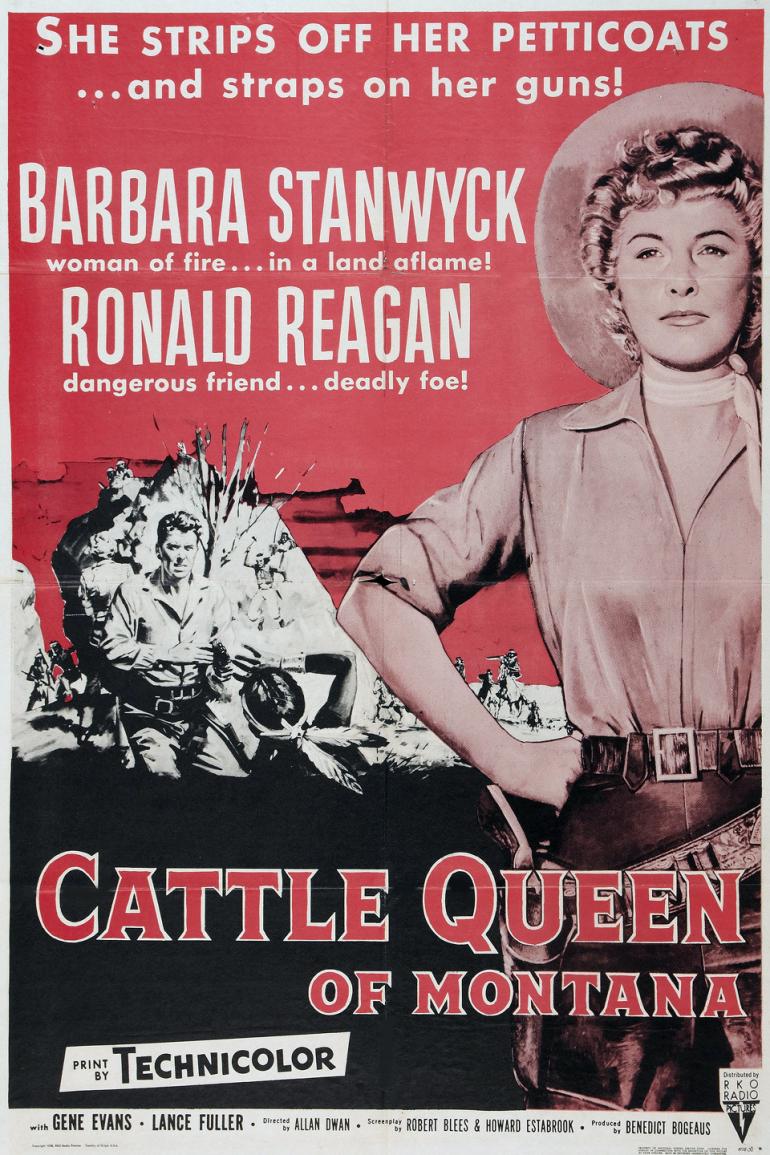
I'll admit it, I had expectations of camp absurdity when I sat down to watch Cattle Queen of Montana, a 1954 movie starring Barbara Stanwyck and Ronald Reagan. The DVD box art bears an uncanny resemblance to the era's sensationalized exploitation flicks; it screams for copy declaring, "He was gun crazy! But she was crazier for him!" or something to that effect. This, coupled with the fact that Barbara Stanwyck plays a character named Sierra Nevada Jones, primed me to think I was in for a ride with an undiscovered cult sensation.
Alas, the film isn't nearly as over-the-top as its aforementioned elements would suggest. It doesn't manage to achieve legitimate dramatic excellence as the best Westerns can do, nor is it able to have the right amount of weirdness to grant it camp value (see Nicolas Ray's Johnny Guitar for a mondo-bizarro cult Western released the same year). Yet, the potential for both of these destinations is detectable, which grants Cattle Queen of Montana's trip down the middle of the road its own breed of frustrated interest.
That, and its enduring trivia point as the title playing at the movie theater when Marty McFly first arrives in 1955 in Back to the Future.
The film opens with Sierra Nevada's arrival in the Treasure State, accompanied by her dad (Morris Ankrum) and their loyal foreman (the unfortunately named Chubby Johnson). They're at the end of a cattle drive from Texas, coming to Montana to stake a claim for the ranch they've always wanted. Of course, that same night the cattle are stampeded and Dad is killed by a rogue party of Blackfeet. Said rogue party have been bribed into doing so by the unscrupulous McCord (Gene Evans), who wants the Jones claim for himself.
Sierra Nevada must turn to the college-educated Blackfoot leader Colorados (Lance Fuller) for help in bringing Dad's killer to justice and in preventing warfare between settlers and natives in the region. Oh, there's also Farrell (Ronald Reagan), the undercover army man who initially seems to be working for the baddies, but who really is there to provide Sierra Nevada with a good-looking, if somewhat anemic love interest. But certainly Ronald Reagan is as handsome as a cowboy as he was when he embodied Knute Rockne, all-American, or when he was putting Bonzo to bed.
The movie was filmed on location in Glacier National Park, with Technicolor cinematography credited to John Alton, and the natural splendor of the setting goes a long way to making the ride palatable, even with the hefty number of obvious rear-projection shots padded in. There is not much else in the way of authentic flavor to be had. While it is heartening for the film to make gestures toward depicting Native Americans as more than one-note savages (something other Westerns had begun to attempt, with varying degrees of success), this effort is compromised by having them played by white people in greasepaint. Yes, this was the default practice at the time, but it's yet another element that renders the film a product of its time and locks into place there.
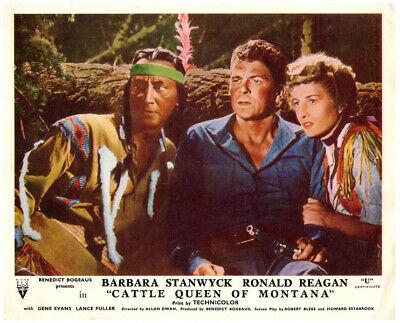
It emerges as an irony, doubtless unintentional, that the titular cattle queen doesn't actually have any cattle for almost the entirety of the movie. Stanwyck had appeared in a series of Westerns before this movie, often playing independent women who end up leading men. Samuel Fuller's Forty Guns, released three years later, could've been called Cattle Queen of Arizona. Stanwyck did all of her own riding and most of her own stunt work in her Westerns, and one of the perks of Cattle Queen is watching her seemingly effortless leaping onto the back of a horse and galloping away to where the action awaits. It is a pity that the action isn't worthier of such a presence, but it is not the first time in Stanwyck's long career when her magnificent abilities were called upon to elevate B-level material.
Farrell is positioned by the script as an enigmatic tough-guy crack shot, but Reagan's variety of aww-shucks hayseed everyman-quality, however effectively it would serve in his later political career, is unsuited to the task. It doesn't help that the camera always cuts away right when he's firing a gun at a pivotal moment. Farrell's deadly aim is intended to be established in a scene where he shoots the lit tip of a match out of a guy's hand; as the film cuts from an extreme close-up of the blasted off match tip to Farrell holstering the gun with nonchalance, the effect is less impressive than intended. If the whistling chords of Ennio Morricone had accompanied it, it might have worked, but we are far from spaghetti western territory.
Robert Mitchum was offered the role originally but turned it down because he didn't like the script. Mitchum, no stranger to B-pictures himself, would have brought a welcome jolt of menacing brawn, but even he would've had difficulty surmounting a role that is essentially decorative.
Cattle Queen of Montana originally had a theme song, as many classic Westerns did, but it was cut before release. Aptly titled "Montana," it was recorded by Sons of the Pioneers. Though mildly kitschy, it certainly is flattering to the state, and as the kids today say, it bangs.
Regardless, Stanwyck shows some of the deftness with Westerns that would serve her so well as Victoria Barkley, the matriarch of TV's "The Big Valley."
Indeed, being as cool as Barbara Stanwyck is one of my new ambitions in life.
Who knows, I may even become the next Cattle Queen of Montana!
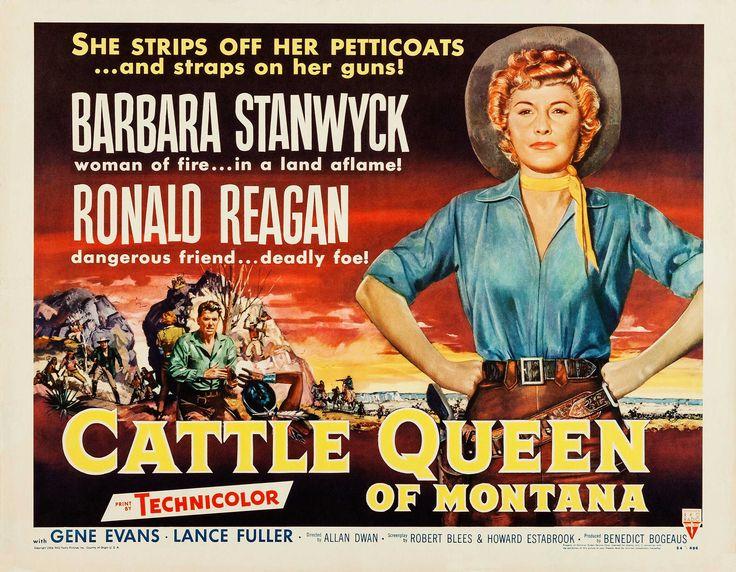
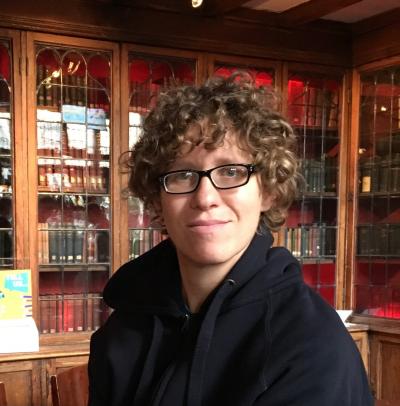
Kari Bowles was born and raised in the Gallatin Valley before spending time in the American Midwest and the Scottish Lowlands. She is a lifelong lover of cinema and literature and enjoys writing about both. She can be found as a DJ at 95.9fm KGVM, where she plays film soundtracks.
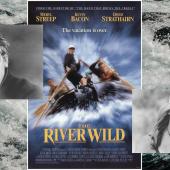
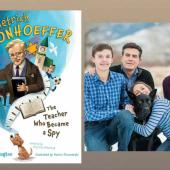
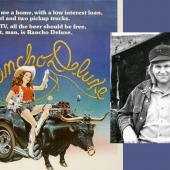

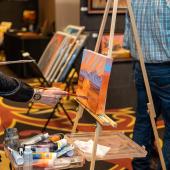
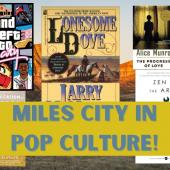
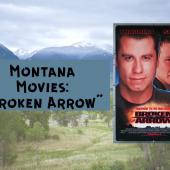
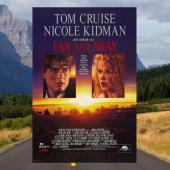
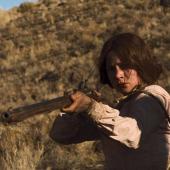
Leave a Comment Here